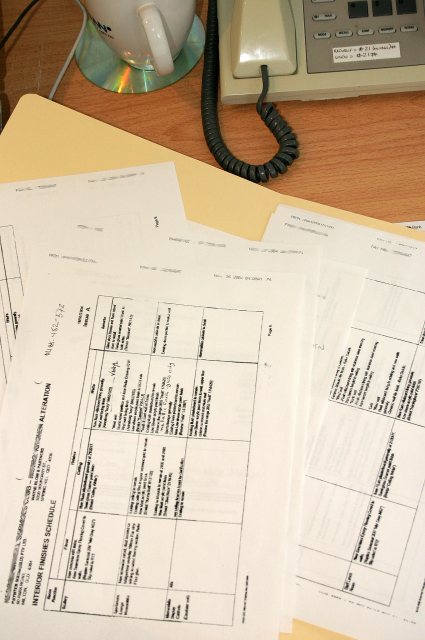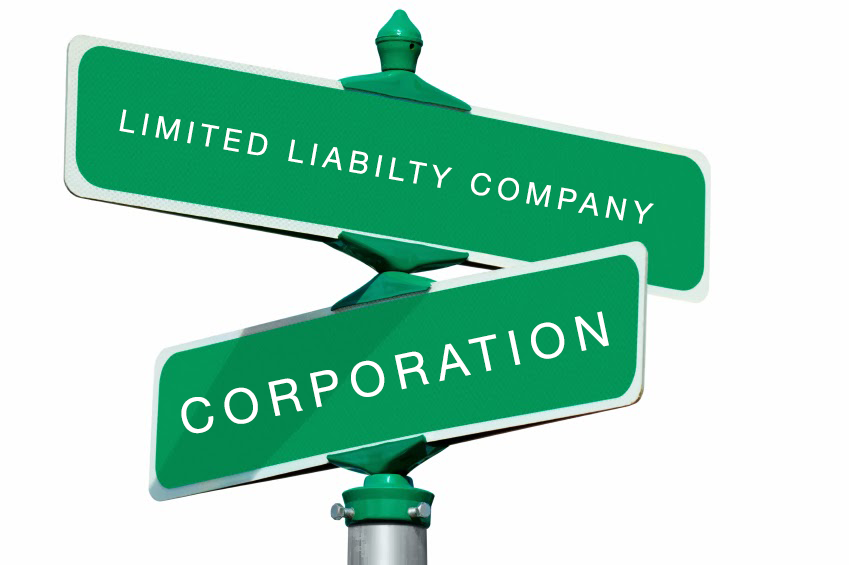Since it’s best to hold off writing the Executive Summary until last, the first section of the business plan that you should write is the Company Description. Essentially, the company description serves as an overview of what your business does, where it’s located, how it’s structured, and any progress you’ve made to date.
Since it can be difficult deciding where to start when writing the company description section of your business plan, it’s helpful to break it down into eight subsections. Breaking your company description into smaller sections helps keep your writing organized, which allows the reader to get a better overall sense of your business. Below is a general outline of how you can organize your company description.
- Company Description: Summary Paragraph
The company description should start out with a summary paragraph that introduces the name of your business, its legal status, when and where it was formed, the owners/co-founders, and the industry or submarket that it’s competing in. Think of this introductory paragraph as a place to lay the groundwork for the more detailed descriptions that follow. If any of this introductory information is particularly important to your business, you should also explain that to your reader in the introductory paragraphs.
- Company Description: Mission Statement
Once you’ve introduced the basics of your company, it’s time to start getting into what your company plans to do. A mission statement sums up the purpose of your company into one or two sentences that clearly state your business’ guiding principles. If you haven’t written your business’ mission statement yet, now is the time to do so.
- Company Description: Goals and Objectives
The next component of the company description should focus on your business’ goals and objectives. It can be helpful to organize this section in terms of short and long-term goals. For example, your short-term goal may be to develop a working prototype of your product, and your long-term goals may be to reach a certain sales level or expand into new markets.
Whatever your goals and objectives are, be careful not to set unrealistic expectations when describing the time within which you plan to achieve your goals and objectives. You don’t want to overpromise early on, especially if your business is just starting out.
- Core Competencies
What is your business’ value proposition? In other words, what can you do better than your competition? Use this section to explain the advantages your products and management team bring to the table. If you or your cofounders have experience dealing with the same kind of issues in the past. Don’t be afraid to boast about the qualifications of you and your team, it helps paint a picture of why your company is particularly qualified to solve the problem you set out to.
- Company History
Somewhere in your company description, you’ll want to provide a general overview of the history of your business. Information about previous investment in your business, startup expenses, or development progress can all be included here. If you’re company is just starting out, you can use focus more on the Who, What, When, Where, Why, and How of your business. Let your reader know what inspired you to tackle this particular problem, and the steps you’re taking to solve it.
- Company Locations and Facilities
While you should have briefly mentioned the location of your company in the introductory paragraph, you may want to elaborate on that later on in the company description. For most home-based businesses, this will be a pretty short description; however, it’s important to let your reader know where you operate from. You can also highlight any competitive advantages you have from locating your business where it is. For example, if you operate a home-based business you can mention how that helps reduce your overhead. If you’ve already leased office, be sure to note why you chose that particular location and why it’s a benefit.
The company description isn’t the most critical component of your business plan, but it is important nonetheless. Use this section as an opportunity to describe exactly what your company is and what it plans to become. The company description helps set the stage for the later sections of your business plan.
A business law attorney can be very helpful in all stages of forming your business, including reviewing the business plan. Please contact me today, if you’d like to schedule a time to meet with me to go over your business plan. I enjoy working with small businesses and am happy to help you however I can.




